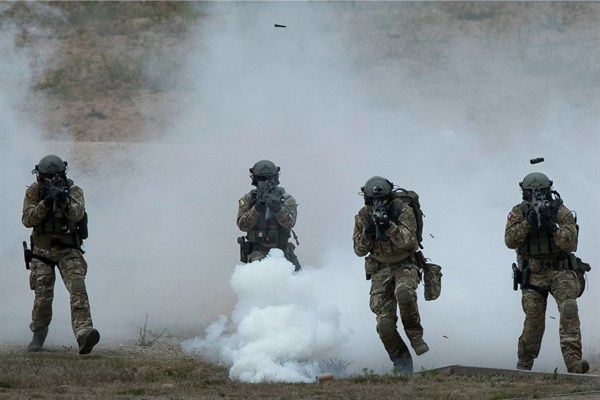Among the security threats the United States is currently grappling with, potential Russian aggression against its neighbors in Eastern Europe draws the most attention, especially after last month’s standoff between Russia and Ukraine. This is unsurprising given Moscow’s continued improvements to its military and its 2007 cyberattack on Estonia, 2008 invasion of Georgia, 2014 seizure of Crimea, and its ongoing “gray zone” aggression against Ukraine, which the recent incident in the Sea of Azov was just the latest example of. As a result of all of this, Washington is concerned, perhaps even fixated on finding ways to deter possible Russian aggression against the NATO members on its periphery.
The U.S. military is convinced that the way to do this over the long term is by fielding new capabilities that would give it a clear battlefield advantage over Russian armed forces. More immediately, the Pentagon and the wider community of security experts are considering force posture changes that might augment deterrence. A task force of the influential Washington-based Atlantic Council, for instance, is recommending a “carefully calibrated mix of permanent and rotational deployments in Poland.” John Deni of the U.S. Army War College goes even further and advocates a return to the permanent stationing of American forces on NATO’s eastern flank.
These are important ideas, and some variation of them should be implemented. But there is another way to amplify deterrence with existing capabilities and without additional spending: by reviving what is known as the “indirect approach,” which was an important element of American strategy during the Cold War.

